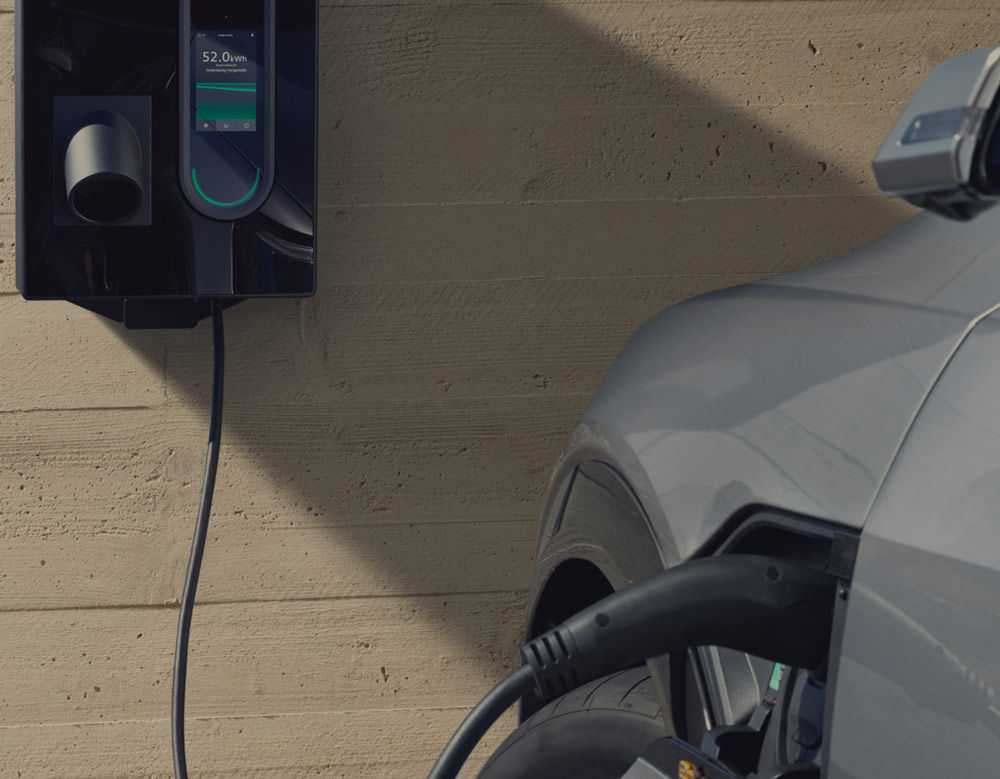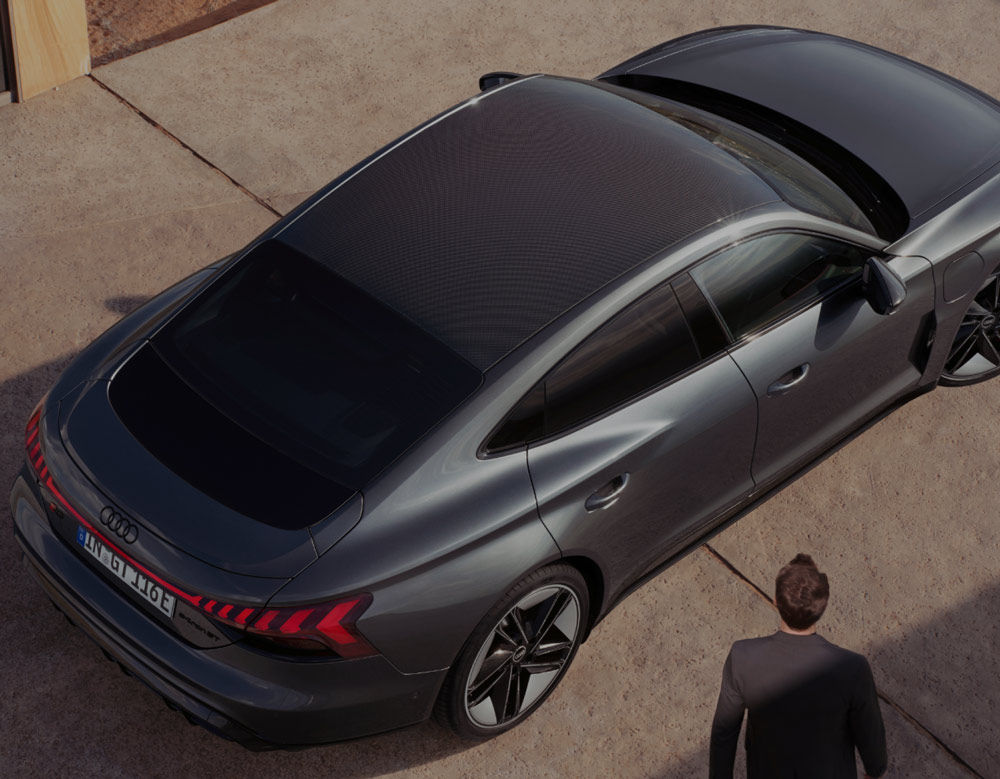The old lab test – called the New European Driving Cycle (NEDC) – was designed in the 1980’s. Due to evolutions in technology and driving conditions, it became outdated. The European Union therefore developed the Worldwide Harmonised Light Vehicle Test Procedure (WLTP). The EU automobile industry welcomed the shift to WLTP and has actively contributed to the development of this new test cycle.
While the old NEDC test determined test values based on a theoretical driving profile, the WLTP cycle was developed using real-driving data, gathered from around the world. WLTP therefore better represents everyday driving profiles.
The WLTP driving cycle is divided into four parts with different average speeds: low, medium, high and extra high. Each part contains a variety of driving phases, stops, acceleration and braking phases. For a certain vehicle type, each powertrain configuration is tested with WLTP for the car’s lightest, most aerodynamic (most economical) and heaviest, least aerodynamic (least economical) version.
WLTP was developed with the aim of being used as a global test cycle across different world regions, so pollutant and CO2 emissions as well as fuel/energy consumption values would be comparable worldwide. However, while the WLTP has a common global ‘core’, the European Union and other regions apply the test in different ways depending on their road traffic laws and needs.








